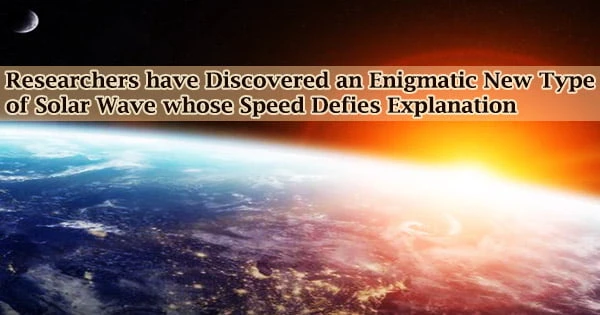Researchers at New York University Abu Dhabi’s (NYUAD) Center for Space Science have identified a new set of waves in the Sun that appear to travel significantly quicker than theory predicts.
The researchers led by Research Associate Chris S. Hanson outlined how they evaluated 25 years of space and ground-based data to find these waves in the publication “Discovery of high-frequency-retrograde vorticity waves in the Sun,” which was published in the journal Nature Astronomy.
HFR (high-frequency retrograde) waves, which travel in the opposite direction of the Sun’s spin, emerge on the Sun’s surface as a pattern of vortices (swirling motions) and travel at three times the speed predicted by current theory.
Conventional astronomy (e.g. optical, x-ray, etc.) cannot picture the interiors of the Sun or stars, so scientists must rely on understanding the surface signatures of a variety of waves to image the interiors. These new HFR waves could be a crucial piece of the puzzle in our understanding of stars.
The HFR waves could be driven at this speed by complex interactions between other well-known waves and magnetism, gravity, or convection.
The very existence of HFR modes and their origin is a true mystery and may allude to exciting physics at play.
Shravan Hanasoge
“If the HFR waves could be attributed to any of these three processes, then the finding would have answered some open questions we still have about the Sun,” said Hanson. “However, these new waves don’t appear to be a result of these processes, and that’s exciting because it leads to a whole new set of questions.”
This study was carried out at NYUAD’s Center for Space Science in partnership with the Tata Institute of Fundamental Research (TIFR) and New York University, utilizing computing resources provided by NYUAD and TIFR.
Scientists can better understand the Sun’s possible impact on the Earth and other planets in our solar system by analyzing the Sun’s internal dynamics using waves.
“The very existence of HFR modes and their origin is a true mystery and may allude to exciting physics at play,” said Shravan Hanasoge, a co-author of the paper. “It has the potential to shed insight on the otherwise unobservable interior of the Sun.”





